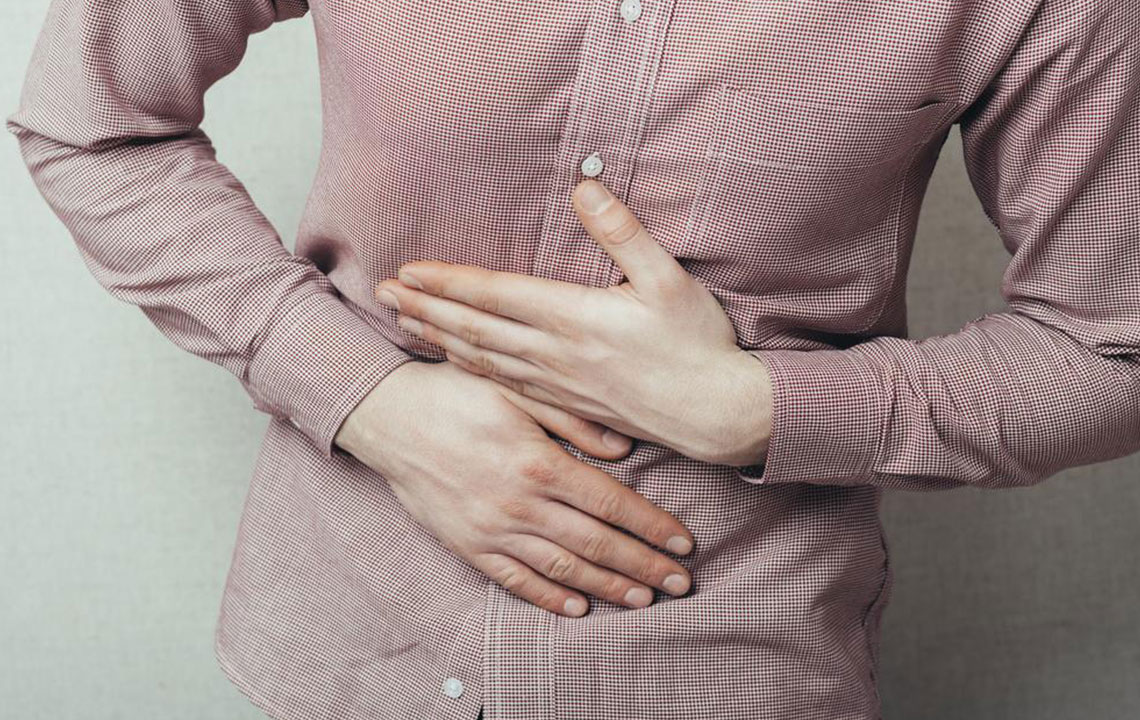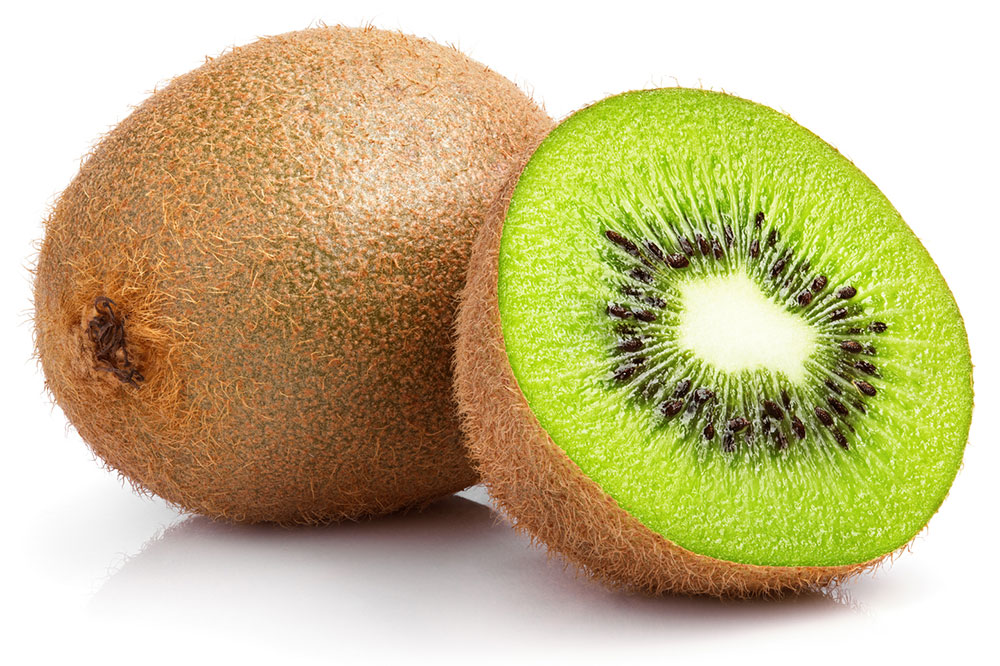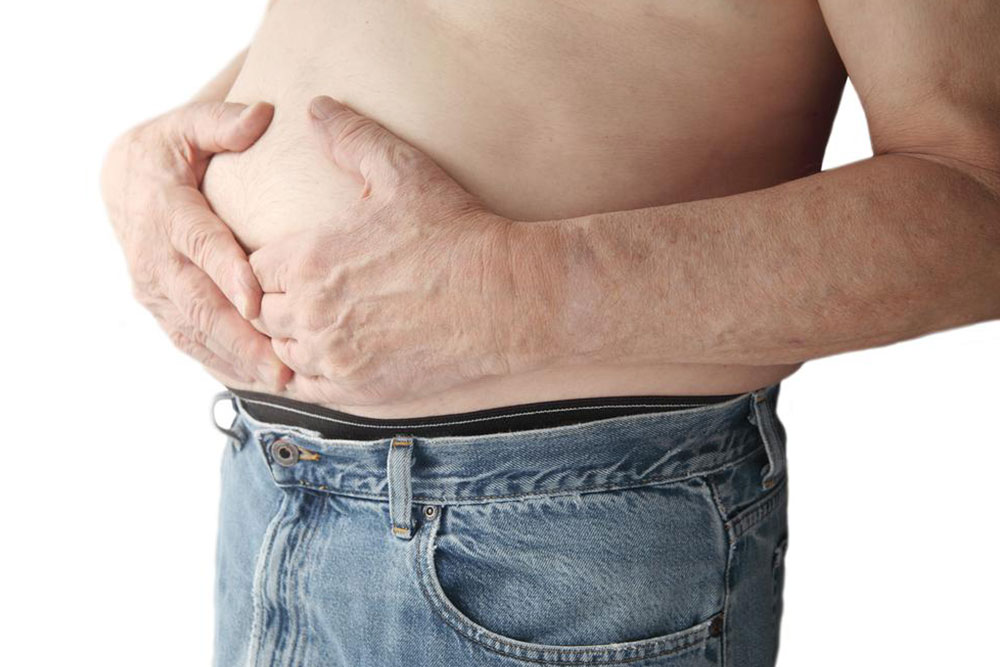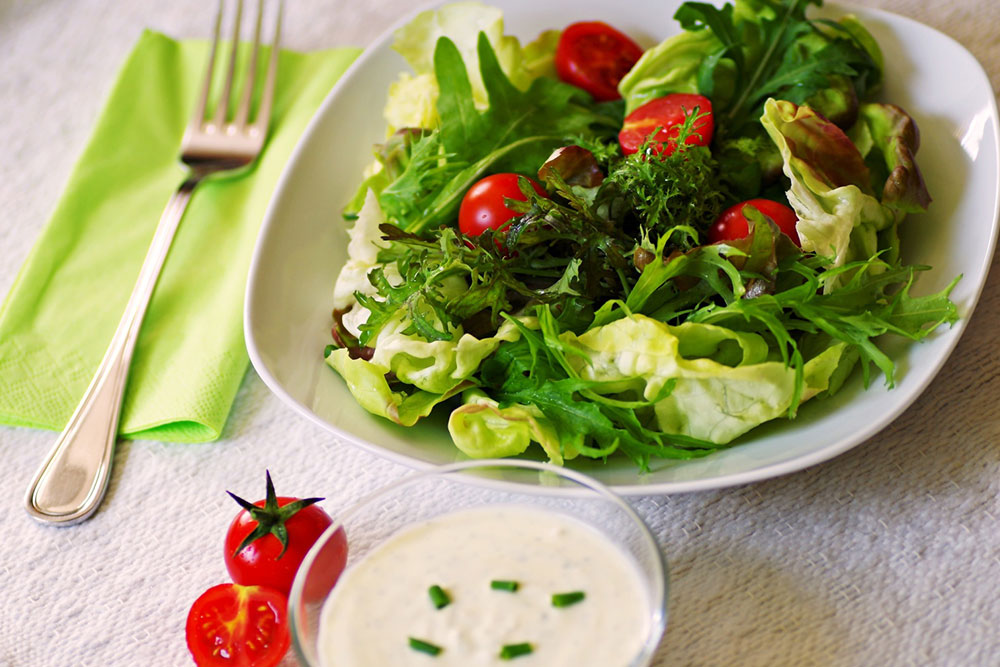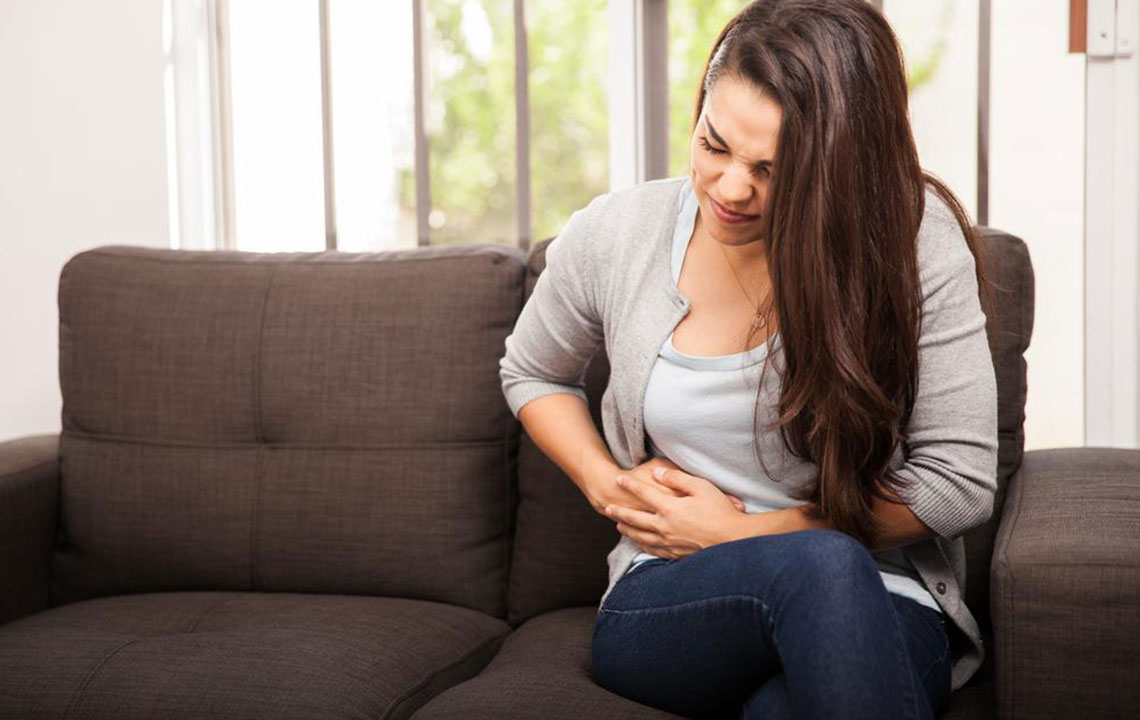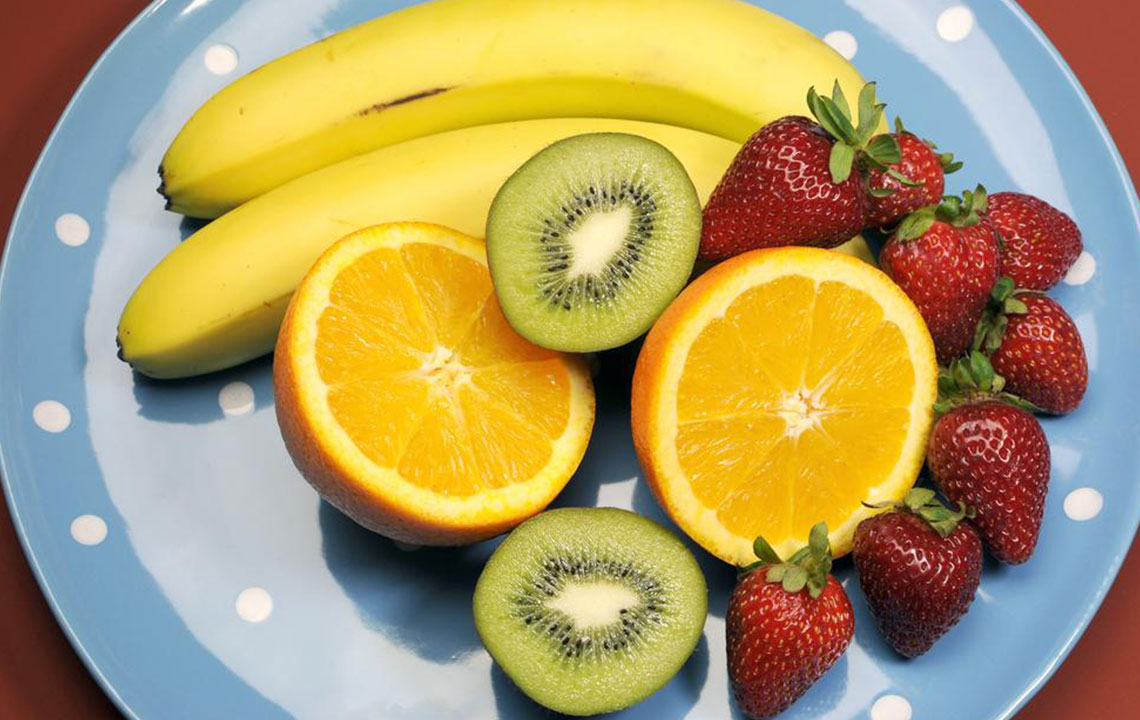Understanding Diverticulitis and Its Dietary Approach
This article offers a comprehensive overview of diverticulitis, focusing on its causes, symptoms, diagnosis, treatment options, and dietary advice. It emphasizes the importance of a tailored diet to manage and prevent flare-ups, including initial liquid diets and later high-fiber foods. The piece highlights key factors such as aging and lifestyle, and warns against foods like nuts and seeds that may worsen the condition. Practical tips for prevention and warning signs of complications help readers better understand this common digestive disorder.
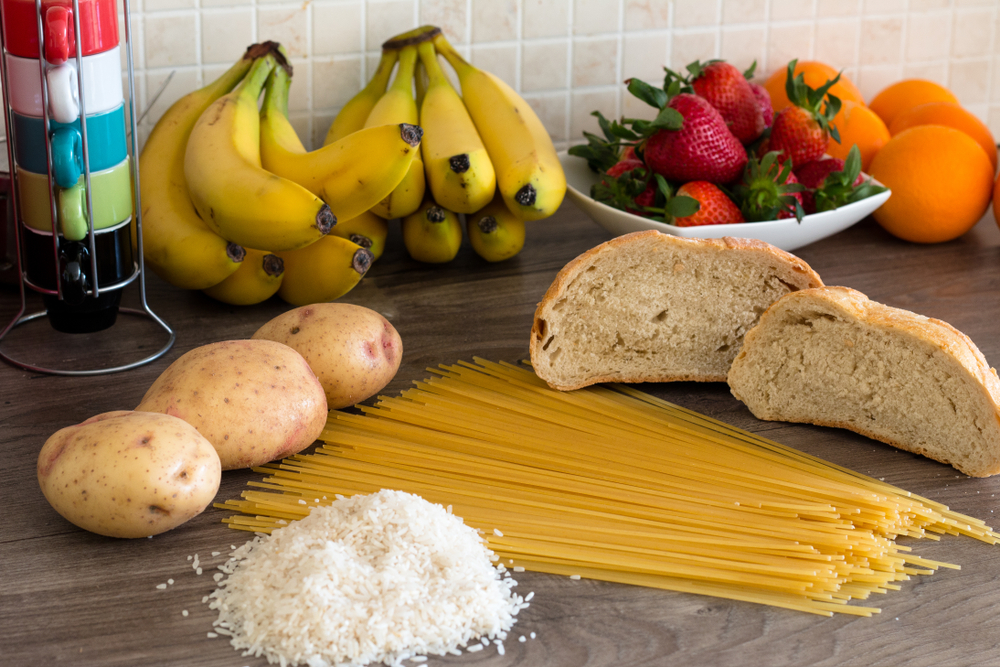
Understanding Diverticulitis and Dietary Solutions
Diverticulitis is a condition characterized by inflamed pockets in the lining of the digestive tract, mainly in the large intestine. These pockets develop when weakened areas in the intestinal wall protrude outward, often due to pressure or aging. Most commonly affecting individuals over 60, diverticulitis is typically mild but can cause discomfort. Treatment includes antibiotics and a special diet aimed at reducing inflammation. A diverticulitis diet involves temporarily limiting food intake to rest the gut, focusing on easy-to-digest, low-fiber foods during the acute phase.
A diet for diverticulitis emphasizes resting the digestive system by temporarily reducing oral intake until symptoms improve. This plan often includes clear liquids like broth, pulp-free juices, and gelatin. Once symptoms subside, a gradual transition to low-fiber foods such as cooked vegetables, lean proteins, and refined grains is recommended. Incorporating high-fiber foods like whole grains, fruits, and vegetables later helps prevent future episodes. It’s essential to avoid nuts, seeds, and popcorn, which may aggravate inflamed diverticula.
Contributing Factors to Diverticulitis
Advancing age
Genetic predisposition
Lifestyle factors like low fiber intake and processed foods
Chronic constipation
Straining during bowel movements
Symptoms to Watch For
Severe stomach pain and cramping
Fever and chills
Abdominal bloating
Nausea and vomiting
Changes in bowel habits, including diarrhea or constipation
Rectal bleeding
Diagnosis Methods
CT scans to locate inflamed pouches
X-rays revealing inflamed areas
Colonoscopy to evaluate intestinal walls and identify diverticula
Treatment Strategies
Surgical removal of affected sections
Diet modifications, emphasizing high-fiber foods
Use of antibiotics as prescribed
Rest and adequate hydration
Stool softeners and antispasmodics for comfort
Temporary colostomy in severe cases
Dietary Recommendations for Diverticulitis
Start with a clear liquid diet including broth, gelatin, and pulp-free juices during flare-ups
Gradually reintroduce low-fiber foods like canned or cooked vegetables, lean meats, and refined grains
Post-recovery, incorporate high-fiber foods such as whole grains, fruits, and vegetables to promote regular bowel movements
Use fiber supplements like psyllium or methylcellulose to support gut health as advised
Foods to Avoid
Hard-to-digest foods, including nuts, seeds, corn, and popcorn, to prevent trapping in diverticula
Preventative Measures
Increase fiber intake gradually with whole grains, fruits, and vegetables
Drink plenty of water daily to ease bowel movements
Avoid processed and refined foods to reduce constipation risk
Exercise regularly to maintain healthy intestinal function
Use natural laxatives like prunes or prune juice as needed, under medical guidance
Possible Complications
Abscess formation around infected diverticula
Scarring leading to bowel strictures or blockages
Fistula development connecting organs
Heavy bleeding that requires medical attention

